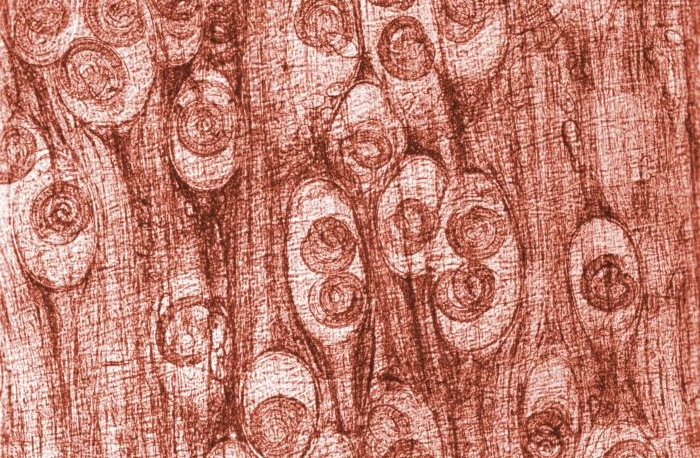Like that sweet boy from 10th grade biology who always carried your books, antibiotics are being taken for granted.
For decades, we have asked too much of them. Spread their seemingly magical properties too thin. And now, we’re in serious danger of losing one of the most influential and powerful tools in modern medicine.
Last fall, the CDC warned of the possibility of a post-antibiotic future — one where previously treatable infections were once again considerable killers. A future where minor surgery suddenly carried major risks. Or, as WHO director general Dr. Margaret Chan described in addressing the European Union, a future where “[t]hings as common as strep throat or a child’s scratched knee could once again kill.”
The Disease Daily has discussed antibiotic resistance in the past– see here, here, and here. Science writer Maryn McKenna has also written extensively on the topic. But what role do vaccines play in this story? It turns out that vaccines might be an effective tool in the antibiotic resistance fighter’s toolkit.
Clostridium difficile, or C. diff, is a growing problem directly tied to the overuse of antibiotics. In a healthy individual, C. diff is mostly harmless. We all have different kinds of bacteria in our bodies. Some of the good bacteria help keep C. diff bacteria from causing harm. But when a patient takes powerful antibiotics, their good bacteria sometimes gets wiped out with the bad — and that’s when C. diff can create problems. If left unchecked, the bacteria can cause a range of sometimes life-threatening symptoms, like diarrhea or inflammation of the colon. According to the Centers for Disease Control and Prevention, the bacteria kill 14,000 people a year.
With antibiotic treatment against C. diff becoming less and less effective, researchers are turning their eyes to preventive methods, such as vaccines.
Sanofi Pasteur currently has a C. diff vaccine in Phase III trials and has been granted fast-track designation by the Food and Drug Administration because of the increasingly growing threat of C. diff in the U.S. and around the world.
“The more we look for C. diff, the more we find it,” said Patricia Pietrobon, Associate Vice President for R&D Programs at Sanofi Pasteur and program lead for the C. diff vaccine in development. “We hope that [the vaccine] will be part of the solution of preventing the disease.”
Prevention, said Pietrobon, is what will make the difference with hospital-acquired infections like C. diff. By preventing the first case of disease, health care facilities could potentially halt the spread of the bacteria to other patients.
While the full details from the Phase II study have yet to be published, Pietrobon said that results were promising. Their research shows that the vaccine candidate is both safe and effective in the at-risk population. With C. Diff, “at-risk” means those over the age of 50 who received antibiotic treatment prior or during a hospital stay of three days or more.
What’s damaging about C. diff (and many other bacteria) is not really the bacteria themselves, but the toxins they produce when in the body. Because of this, the toxins are the targets of the vaccine.
The C. diff vaccine is made by inactivating (or “killing”) the two toxins — then called “toxoids” — produced by the bacteria that cause the damage to the gut. Because they’ve been rendered useless, they won’t cause harm to the body, but it will still prompt an immune response.
It’s not new technology. Toxoid vaccines against tetanus and diphtheria were first developed in the 1920s and have been routinely used since the 1940s. The C. diff vaccine is a good example of how we’re using old techniques to combat new problems.
Of course, vaccines are only part of the solution — combating antibiotic overuse is going to take a lot of effort and worldwide cooperation — but they’re a weapon in our arsenal. And one, hopefully, we never take for granted.
—
Jane manages the Vaccine Finder project at Health Map, the host site of the Disease Daily. Robyn is a contributing writer for the Disease Daily and works as a health educator for a non-profit focused on vaccine education. Both are fully up-to-date on their immunizations.

